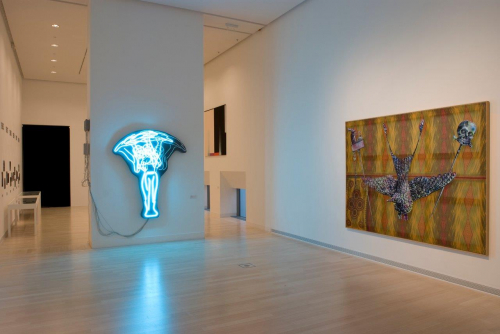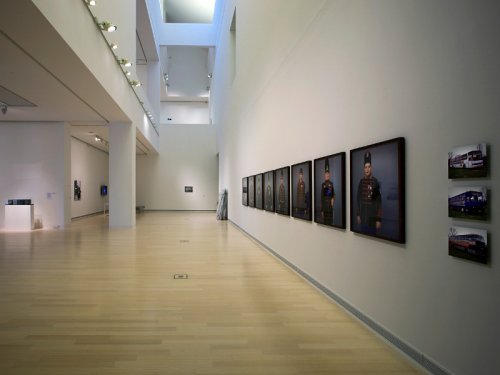A profound ambivalence between image and text characterizes the film of the Romanian artist duo Vătămanu and Tudor. For the entire duration of the work, we see images of communist housing estates, shot from a moving vehicle, that have remained unchanged since 1989. Parallel with these shots, we hear a male voice reciting – without pause or emotion – a text that we immediately recognize as the transcript from the trial of the Romanian dictator Nicolae Ceausescu and his wife, Elena, one of the darkest episodes in late 20th century history. On the one hand, the monotony of the image enhances the exact same characteristic of the sound, and on the other, we can perceive a fundamental split between the two components. The image and the text do not enter into an explanatory or directly referential relationship with each other; they rather function as complementing elements. Yet they both serve to intensify the effects of the continuous movement of sound and image, resulting in the viewer’s dizzying exhaustion that also mimics the actor’s state of mind by the of the film. (Katalin Timár)



